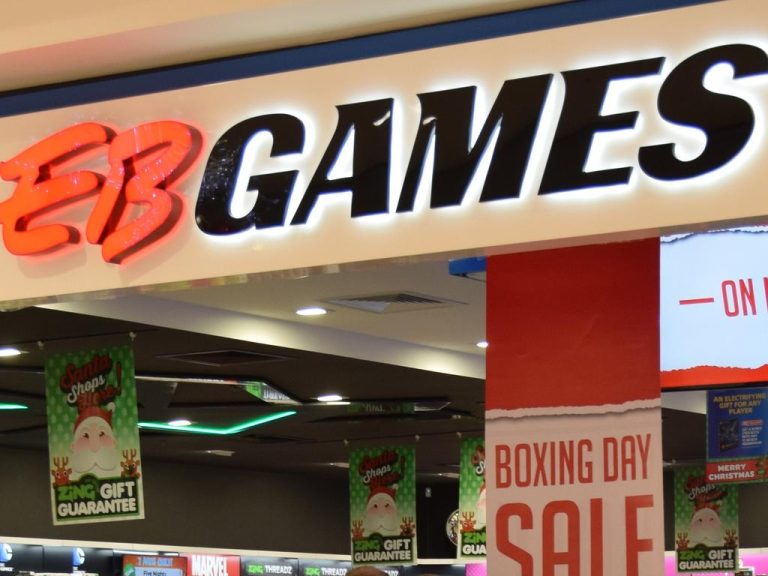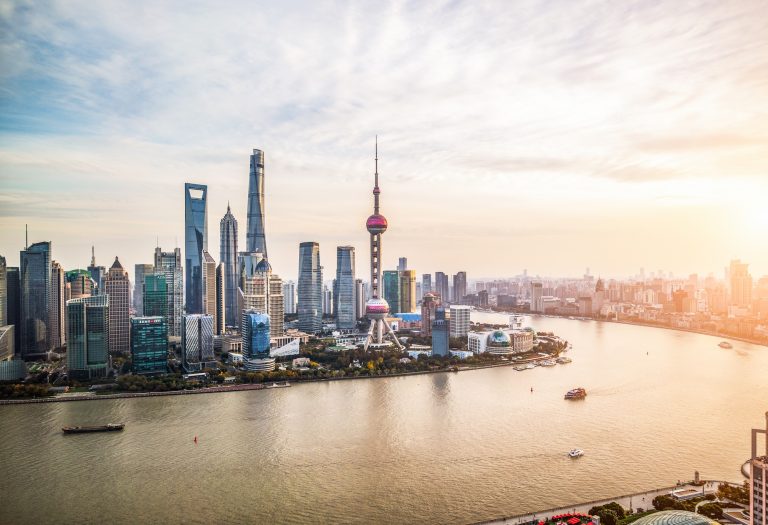Office occupancy rates rebound, demand for CBD units surges
New year office occupancy rates have rebounded strongly following the relaxing of Covid restrictions, while demand for CBD apartments has risen to rates not seen in two years.
According to the February Office Occupancy Results, dated March 8, from the Property Council of Australia, the number of Aussies working in the office has “bounced back to pre-Omicron levels, with Melbourne and Canberra recording their highest occupancy levels since June 2021’.
January experienced a record low occupancy across the country, due to the holiday period and the Omicron variant and subsequent government restrictions. However since then there has been strong growth in office workers returning to CBDs across the country, Property Council Chief Executive Ken Morrison said.
“Given occupancy really bottomed out in January because of the Omicron wave and holidays, it’s heartening to see such a significant turnaround just one month later,” Mr Morrison said.

Commuters flock past Flinders Street Station as Melburnians return to working in the CBD earlier this month. Picture: Mark Stewart
“There is still a long way to go and there are local factors affecting each city, but these figures are a strong start which we expect to accelerate in March, as more businesses reopen their offices. “It’s important that governments, councils and business have a big focus on bringing our CBDs back to life.”
The ghost-town nature of Australia’s CBDs was one of the most noticeable aspects of the pandemic, with many predicting the central business areas would ever return to the hives of activity they once were.
MORE: Sales record smashed at iconic retail hub
60 Sydney suburbs in the worst mortgage debt
However this study, companies’ ongoing encouragement to workers to return to the office and employees desire to do so after much of the last two years working from home, appears to be ensuring those doomsday predictions fall flat.
According to the survey: Melbourne’s CBD reached 15 per cent occupancy, while Canberra achieved 21 per cent, levels not seen in those capitals since June 2021 (when occupancy was at 26 per cent and 72 per cent respectively).

New year office occupancy rates have rebounded strongly following the relaxing of Covid restrictions. Picture: Mark Stewart
Sydney recorded 18 per cent occupancy, which was short of its November figure (23 per cent).
The strongest rebounds were recorded in Brisbane, where occupancy jumped from a record low of 13 per cent to 41 per cent, and Adelaide, which came off a low of 11 per cent in January to achieve 47 per cent occupancy in February.
The only CBD which didn’t record a positive boost was Perth, which recorded its lowest office occupancy rate (55 per cent) since the survey commenced in July 2020 and where pandemic restrictions are yet to be rolled back in line with other states.

Pedestrians are seen on their way to work in the Sydney CBDas heavy rain and floods continue to pound NSW. Picture NCA Newswire/ Gaye Gerard
DEMAND FOR LUXURY CBD UNITS ‘HITS NEW HIGH’
Strong post-pandemic demand for top end apartments is hitting new highs, driving more and sales in the $10m+ bracket.
After prolonged lockdowns and extended restrictions of the past two years, Collies are saying they have witnessed the “strongest demand ever experienced over the past two six months” for CBD units. A level expected to continue well into 2022.
“It’s a trend that strengthened at a time when a lot of attention was being focused away from the CBD towards trophy homes and regional activity,” Colliers National Director of Project Marketing Residential, Blake Schulze said.
“It really affirms how parts of the Sydney CBD have successfully evolved into a high quality and desirable world-class apartment market.”
New, aspirational prestige developments such as 111 Castlereagh Street, One Sydney Harbour, Crown Residences Barangaroo and the Sirius Building are catching the eye of local and international buyers.

The Sirius apartment development at The Rocks in Sydney.
“Sales are running ahead of any familiar or traditional trends, with demand concentrated out of Sydney’s East and North Shore, and not necessarily driven by downsizers.” Mr Schulze said.
“This pattern also further distinguishes Sydney’s CBD apartment market as distinct from trends we see in Melbourne and Brisbane.
“Current high-end buyers often own multiple homes and are those who have ‘fallen in love’ with a new generation of projects, attracted by the appeal of Sydney’s CBD. Values clearly indicate that it’s smart to be back in the city, and price is not an issue.”
However, Colliers notes: apartment size, design, quality of finishes, location, and lifestyle all must be spot-on.
Amenities generally expected include a pool, equipped gym, resort level resident’s lounge, dining room and gardens, private climate-controlled cellar, and concierge.

The days of ghost town CBDs are over. Picture: NCA NewsWire / David Crosling







